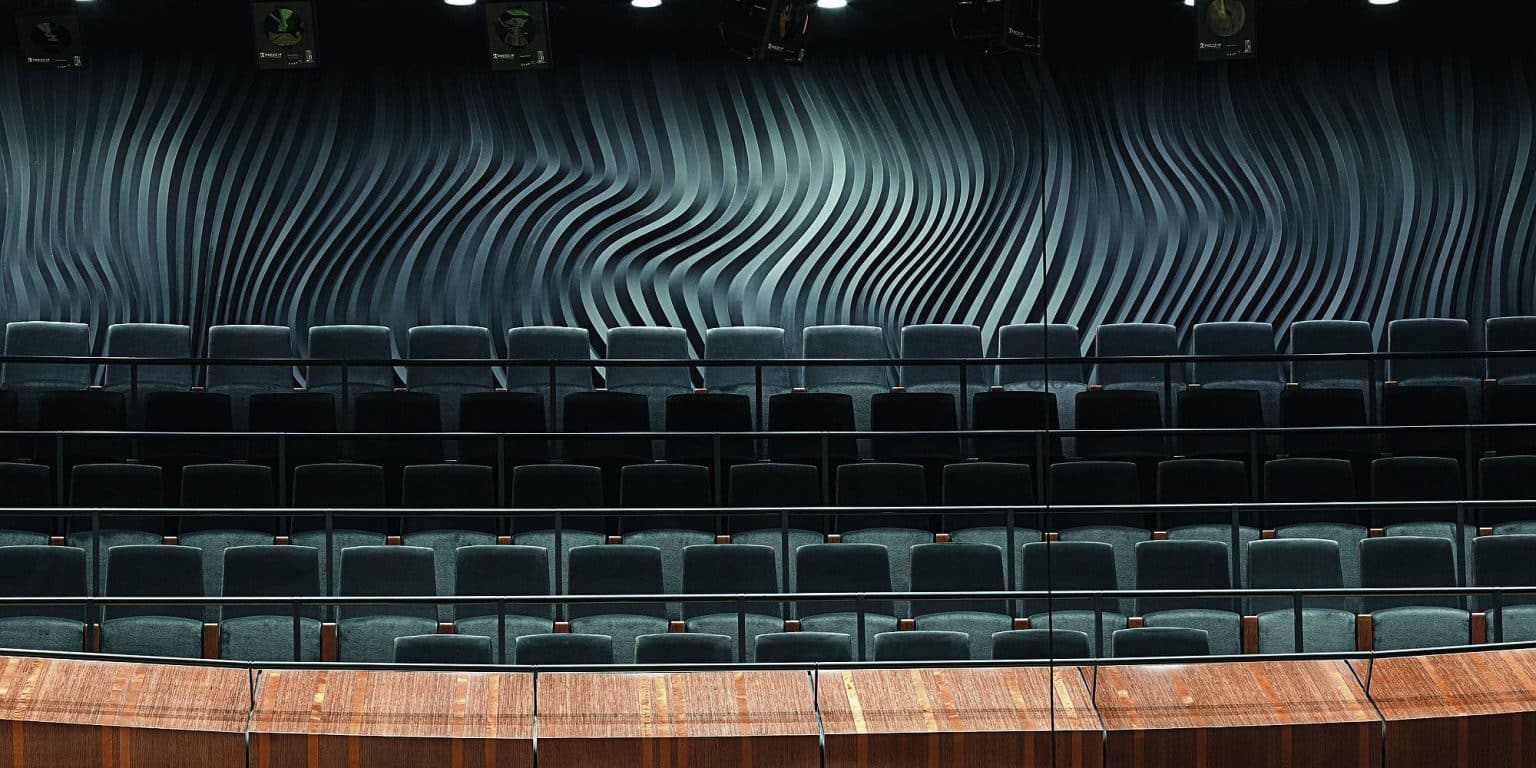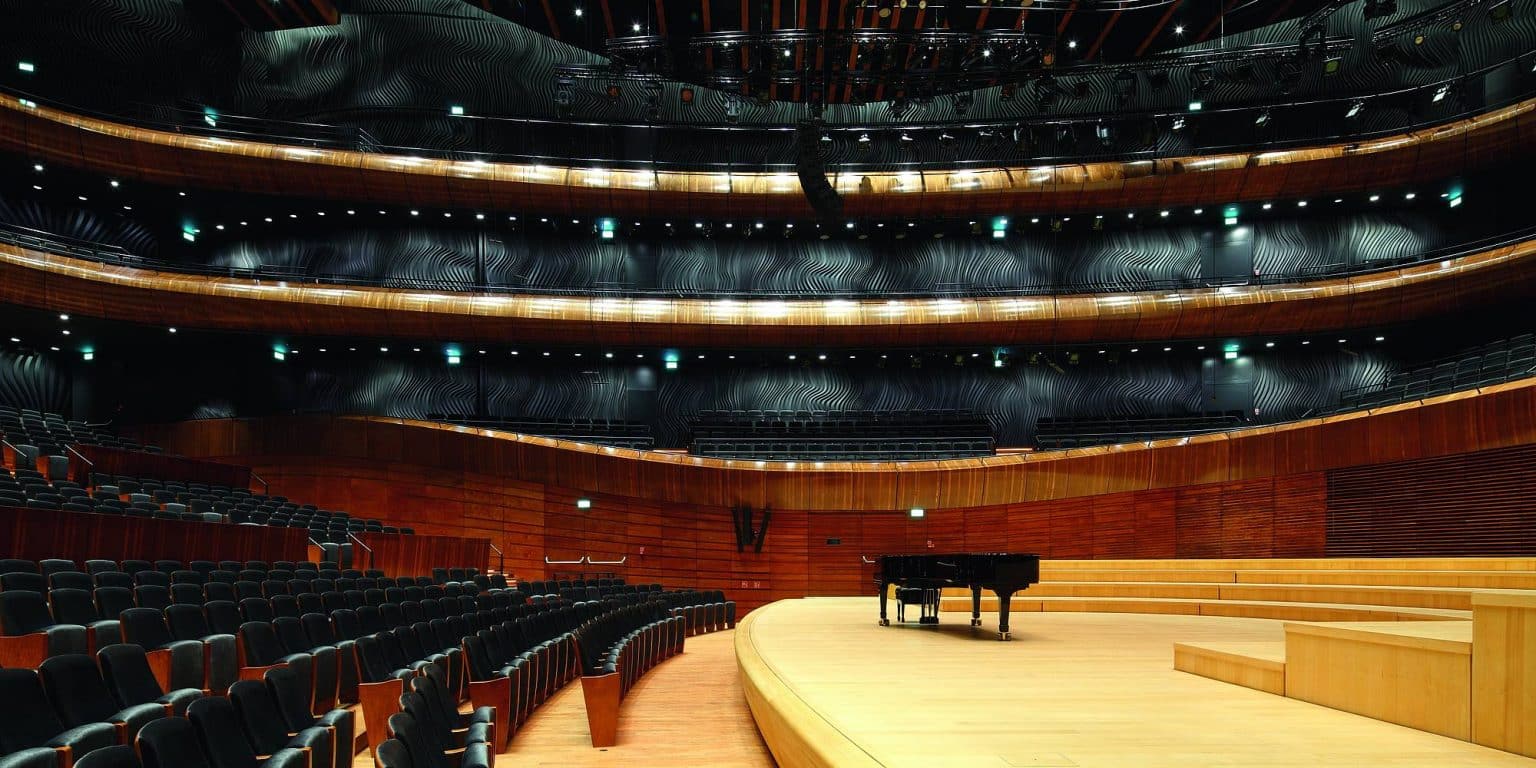
Stories
Architect of the Invisible
Japanese-born Yasuhisa Toyota is responsible for the acoustics of world-renowned concert halls. His goal is the perfect acoustic experience for each concertgoer. A hall in the Polish city of Kattowitz is now one of the best in Europe, thanks to Toyota.
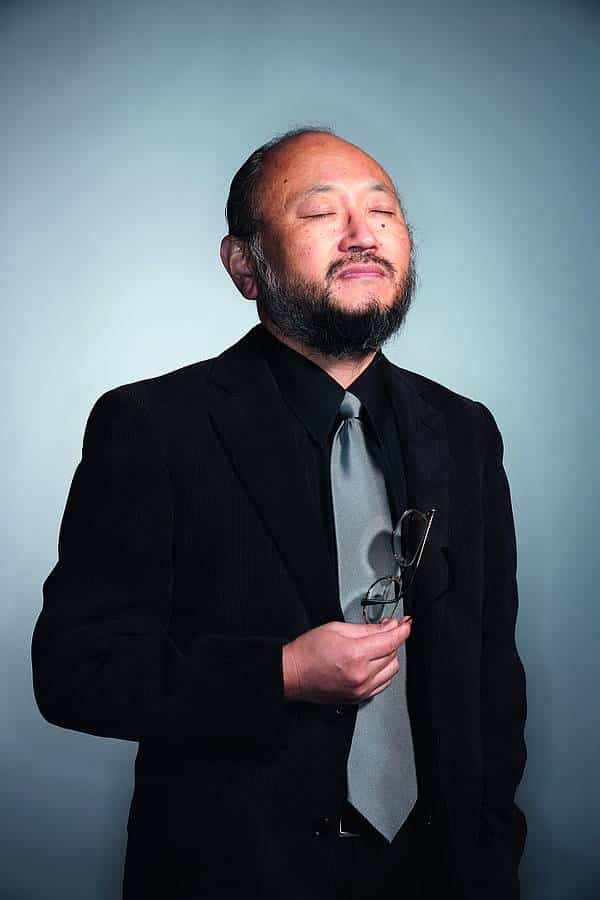
The secret behind the success of Poland’s most modern concert hall lies in 1,800 miniature dolls in felt coats and hats. They sit on miniature seats and listen to a symphony that the human ear could not comprehend. This silent test audience is part of a 1:10 scale model used by technicians at Nagata Acoustics to design sound in modern concert halls. Their work made the NOSPR Hall in Kattowitz one of the best in Europe. Since 2014, it has been enchanting musicians and visitors alike as the home of the National Polish Symphony Orchestra.
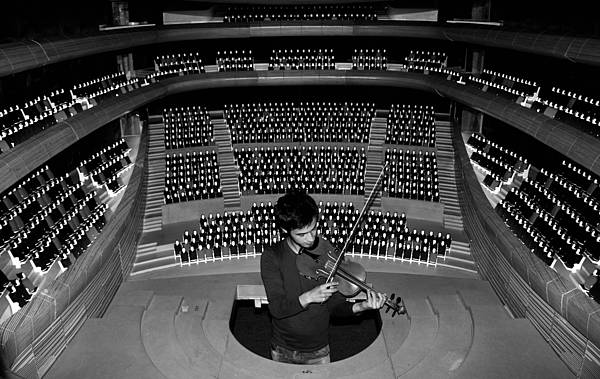
The brains behind this acoustic wonder is Yasuhisa Toyota, head of the American branch of Nagata Acoustics. Born in Japan, he is a man of small stature and big imagination. His portfolio includes the acoustics of famous halls such as the Walt Disney Concert Hall, the Copenhagen Concert House and, soon, the Elbe Philharmonic, which is due to open next year.
“Space and materials are the deciding factors in acoustic design,” says Toyota. They influence how sound is distributed, where it bounces and how rich it sounds. When it comes to acoustic design for concert halls, he sees the intimacy between musicians and concertgoers as the most important element. That’s why he’s a big fan of the Weinberg design in which the stage is placed in the centre of the hall, with the audience and orchestra around it. The musicians feel more heavily observed and feel more pressure to play well. Concertgoers see and hear the musicians play and also experience the reactions of patrons on the other side of the stage. This creates a joint yet still intimate concert experience.
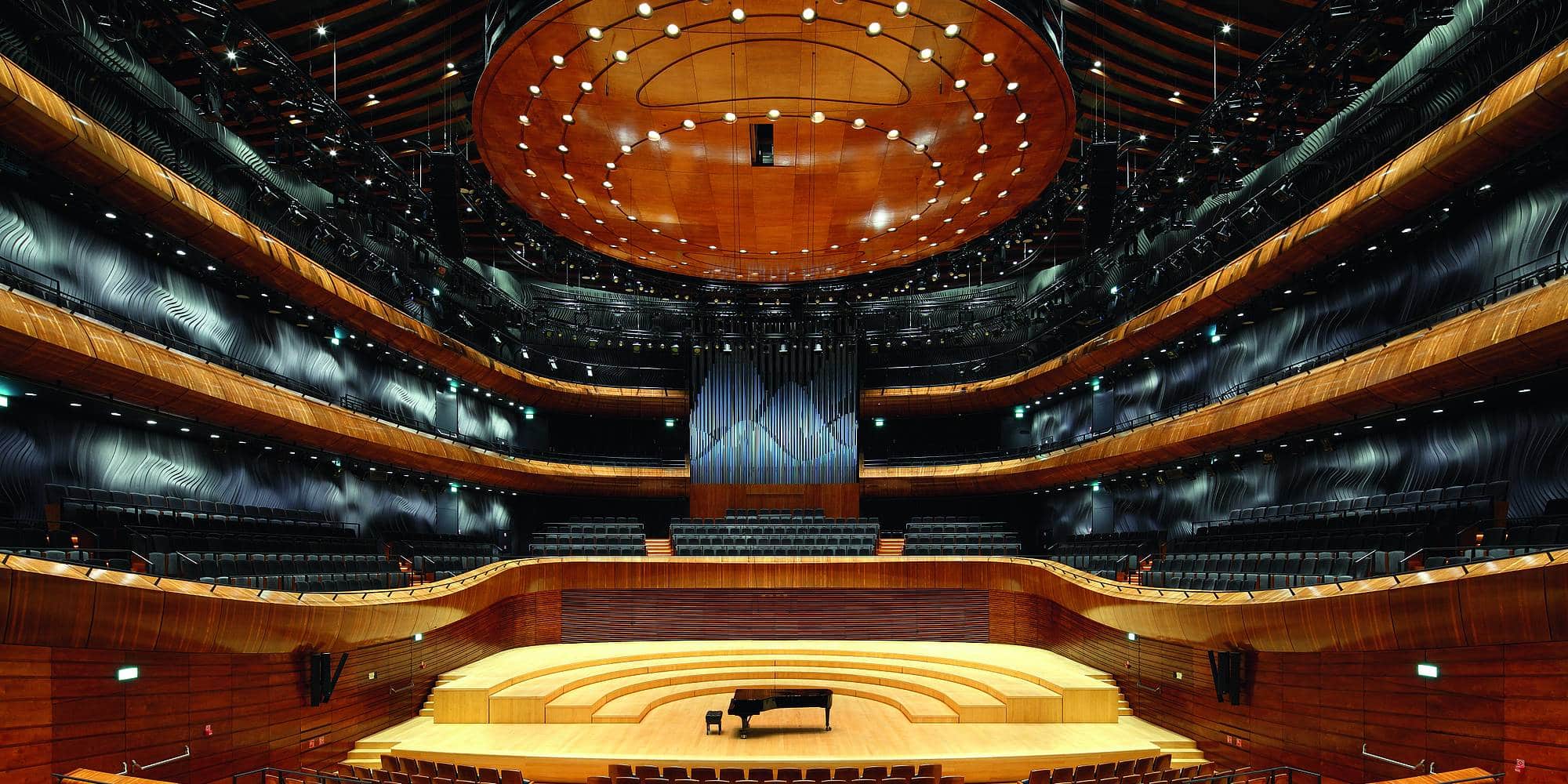
There are no rules when it comes to acoustic design
As the hall in Kattowitz didn’t have enough space for this approach, architects from the Polish firm Konior Studio opted for the traditional ‘shoe box’ design as used in old halls such as the Viennese Musikverein or the Symphony Hall in Boston – a rectangular hall with the audience on the parquet and the balconies directly in front of the stage. While sound can develop well in a hall of this design, acoustics do depend on the concertgoer’s distance – the further away from the stage, the more heads there are to prevent focus on the musicians. “Yasuhisa Toyota convinced us to go for a brave, bold approach,” said Aleksander Nowacki, architect for Konior Studio. The finished hall combines elements from both formats. “The stage is – typical of the Weinberg style – surrounded by an arrangement of terraces and two balconies, which are borrowed from the shoebox concept,” said the architect.
The architects made their decision and placed their trust in the Japanese designer’s years of experience. Born in 1952 in Fukuyama, Toyota studied Acoustic Design at Kyushu University in Japan. It was there that he learned the scientific foundations of music – reverberation times, absorption and sound transmission in buildings. The university did not teach him how sound behaves in concert halls – there are no instructions for this in a textbook. This was something that the acoustic designer had to learn in practice. This explains acoustic disasters such as the Lincoln Hall in New York or the Munich Gasteig to which Leonard Bernstein simply said ‘Burn it’. Toyota proved his talent in 1986 with his first large commission, the Suntory Hall in Tokyo.
When working on the Walt Disney Concert Hall in Los Angeles, his office developed the software the team used to take readings from the miniature models. A model is completely sealed and filled with nitrogen. Every detail of the real hall is recreated at a scale of 1:10… walls, chairs and stairs, movable acoustic elements and the canopy. The dolls wear felt to recreate the sound-sucking effect of clothing and hair. In order to make the sounds match the scale, they are played several octaves above the actual range of a symphony. This is recorded at various points within the model and then lowered by computer to establish the real acoustics.
A risky hybrid of two approaches
Tests were enormously important for the design of the hall in Kattowitz. The hybrid solution combining the shoebox and Weinberg design is unique and, therefore, risky. It took eight months to complete the miniature model of the NOSPR Hall with all its details. The smallest concert hall in Poland weighed in at 4.96 tons.
The acoustic designers and architects worked closely together from the beginning. “Acoustic requirements were incredibly important for our architectural decisions,” explained Nowacki. Optics and acoustics rely on each other – take the walls, for instance. For the best sound, they have to be made from heavy, solid material and have a special surface structure, called micro-shaping. This texture has clearly defined peaks and valleys that influence how sound is dispersed and how rich it is when it is heard by the listener.
Normally, specially moulded elements are placed onto concrete walls. The technique is complicated, as the elements must fit the wall perfectly to create the right weight and texture. The team wanted to try an alternative. “The idea of texturing the concrete itself came from the architects and fit perfectly with the acoustic requirements,” said Toyota.
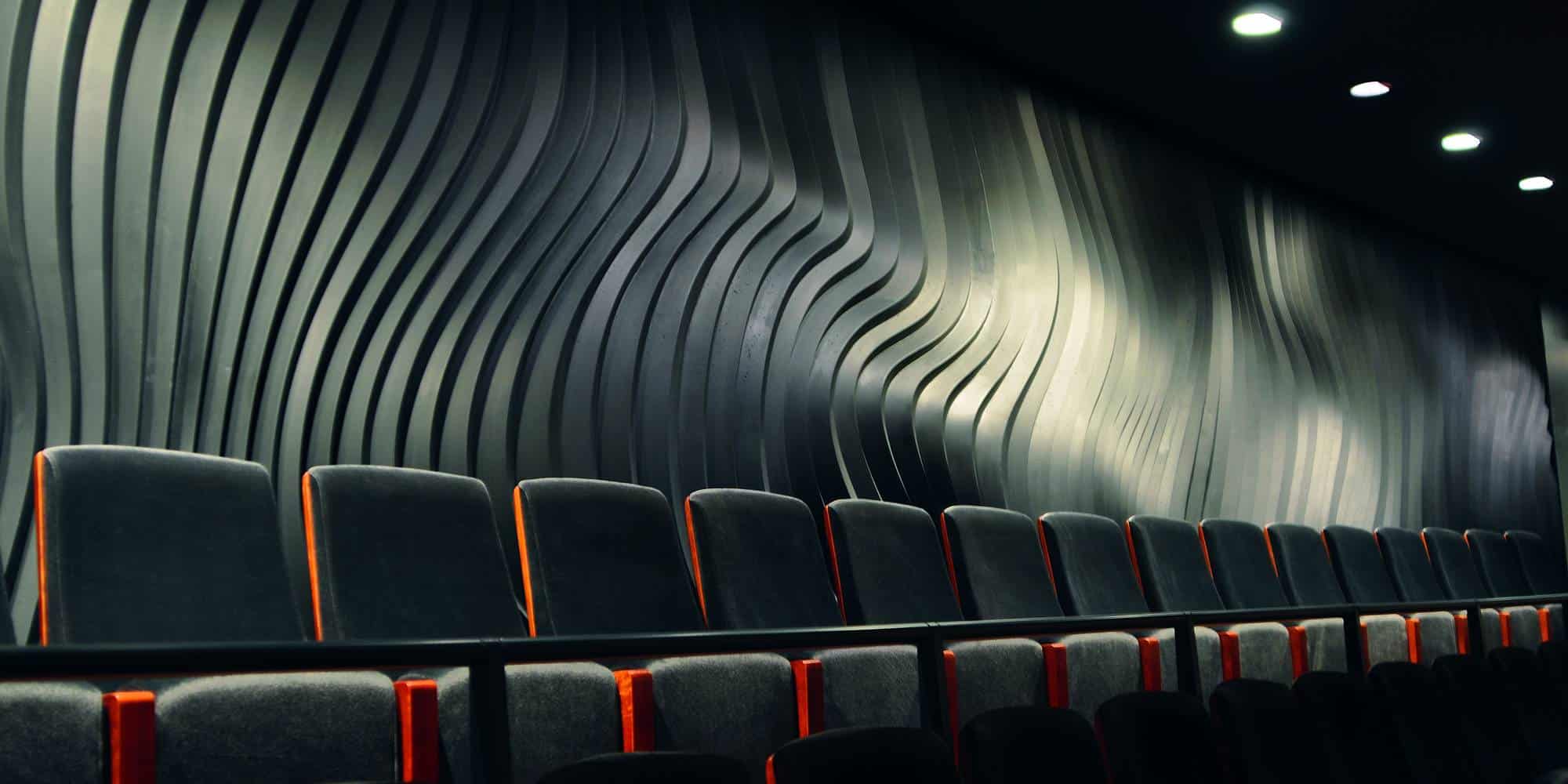
Brilliant acoustics meet majestic optics
To realize this idea, the team turned to RECKLI. “We initially provided mini formliners for the model. They then carried out tests to see how sound waves bounced off the structure,” explained Andrzej Wòjcik, who runs the RECKLI branch in Poland. After meetings with Toyota, it became clear that the walls should be poured on site. “The pattern was separated into seven sections and laid in order so that the first formliner connected to the last and the texture carried on,” said Wòjcik. RECKLI provided two sets, a total of 14 formliners. “The effect is spectacular and the walls are one of the most beautiful parts of the building,” enthused Nowacki. Toyota is equally impressed: “The complicated, beautiful texture created by RECKLI does wonders for the acoustics.”
The NOSPR Hall combines brilliant acoustics with unique optics – the glossy, black textured walls, the canopy that seems to float, the movable acoustic elements in the walls, accompanied by birch and cedar wood. All these elements define the majestic look of the hall. The room is completely removed from the rest of the building and sits like a box on mufflers that protect the hall from vibrations and external noise.
The exterior of the NOSPR Hall both reflects its intended use and nods to the city’s history. The facade is dominated by a row of differently-sized columns, reflecting the changing rhythms of music, and its red color is a references to the neighboring Nikiszowiec mining district. “We are especially happy that musicians and visitors not only enjoy its comfortable conditions and acoustics, but also the beauty of the building as a whole,” said Nowacki. The concert building is surrounded by nearly five acres of parkland with playful fountains and a labyrinth that can be found on maps of Kattowitz dating back to the 1920s. The NOSPR Hall is the Konior Studio’s biggest project so far, and was declared Poland’s best cultural facility in its inauguration year.
Pictures: © Daniel Rumiancew
Portrait Yasuhisa Toyota: © Nagata Acoustics
